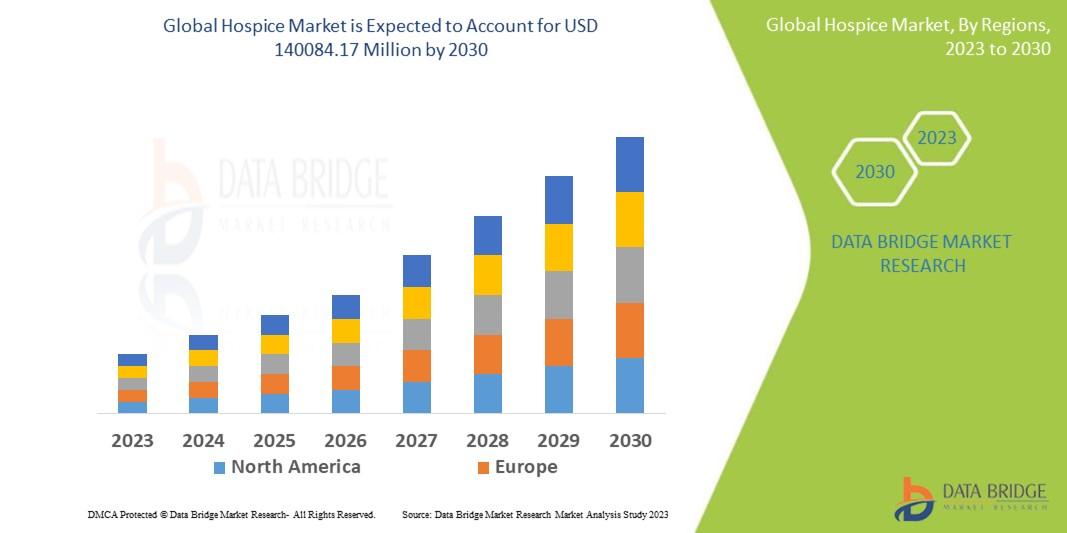Why You Experience Abdominal Soreness Postpartum & How to Manage It
Bringing a baby into the world is a life-changing experience, but the postpartum period often comes with physical challenges that many mothers don’t anticipate. One of the most common concerns new moms face is abdominal soreness postpartum. Whether you’ve had a vaginal birth or a cesarean section, some degree of abdominal discomfort is normal during recovery.
But what exactly causes this soreness, how long does it last, and when should you worry? In this guide, we’ll explore why abdominal soreness postpartum happens and share effective ways to manage it so you can focus on healing and caring for your little one.
What Causes Abdominal Soreness Postpartum?
Your abdominal region goes through immense changes during pregnancy and childbirth. The soreness you feel after delivery can stem from different factors, including:
1. Uterine Contractions (Afterpains)
After delivery, your uterus begins shrinking back to its pre-pregnancy size—a process called involution. This causes cramp-like sensations, often referred to as afterpains. These contractions may intensify when breastfeeding because oxytocin (the “bonding hormone”) triggers stronger uterine contractions. This is one of the most common causes of abdominal soreness postpartum.
2. C-Section Recovery
If you are delivered by cesarean, you’ll naturally experience abdominal soreness from the surgery. A C-section involves making incisions through skin, muscle, and the uterus. Healing from this procedure takes time, and tenderness or soreness in the incision area can last for several weeks.
3. Vaginal Birth Strain
Even without surgery, your abdominal muscles and ligaments work hard during labor. Pushing, straining, and the overall effort of childbirth can leave the abdomen sore for days after delivery.
4. Muscle Stretching & Diastasis Recti
Throughout pregnancy, your abdominal muscles stretch to make room for your growing baby. This stretching can cause weakness, soreness, and sometimes diastasis recti, a condition where the abdominal muscles separate. Recovery from this stretching process contributes to abdominal soreness.
5. Digestive Issues: Gas, Bloating & Constipation
Hormonal changes, reduced mobility, and medications (like pain relievers after birth) can cause constipation and bloating. This added pressure in the abdomen often worsens soreness.
How Long Does Abdominal Soreness Postpartum Last?
The duration depends on your delivery type and individual healing pace:
-
Vaginal Delivery: Abdominal soreness usually improves within 1–2 weeks, but mild tenderness may linger longer.
-
C-Section Delivery: Most discomfort eases within 4–6 weeks, though complete recovery may take a few months.
-
Afterpains: Cramping is most noticeable in the first 3–7 days postpartum and gradually fades.
Every mother heals differently. It’s important to be patient with your body as it recovers.
When Should You Worry About Abdominal Soreness Postpartum?
While mild to moderate soreness is expected, there are times when it signals something more serious. Contact your healthcare provider if you notice:
-
Severe or worsening abdominal pain
-
Pain that doesn’t improve with rest or medication
-
Redness, swelling, or pus around a C-section incision
-
Fever, chills, or flu-like symptoms (possible infection)
-
Heavy bleeding with large clots
-
Persistent bloating or constipation despite self-care
Trust your instincts—if something doesn’t feel right, it’s better to get checked.
Tips to Manage Abdominal Soreness Postpartum
Fortunately, there are many simple and effective ways to reduce discomfort. Here are some proven strategies:
1. Apply Heat or Cold
-
A heating pad or warm compress soothes uterine cramps and muscle soreness.
-
A cold pack on the incision site (for C-section moms) helps reduce swelling and numb pain.
2. Gentle Movement
While rest is important, avoid lying down all day. Short walks improve circulation, reduce stiffness, and relieve gas pain. Always listen to your body and avoid overexertion.
3. Postpartum Support Garments
Wearing a belly binder or support wrap can ease pressure on sore abdominal muscles and provide stability during movement.
4. Stay Hydrated & Eat Fiber-Rich Foods
Drinking water and consuming fruits, vegetables, and whole grains can ease constipation and reduce abdominal discomfort.
5. Breathing & Relaxation Exercises
Gentle deep breathing not only calms your mind but also engages your abdominal muscles in a safe way, aiding recovery.
6. Pain Relief
If needed, over-the-counter pain relievers like ibuprofen or acetaminophen may be recommended by your doctor. Always check which medications are safe while breastfeeding.
7. Gentle Core & Pelvic Floor Exercises
Once cleared by your healthcare provider, start with light postpartum exercises. These help strengthen weakened abdominal muscles, reduce soreness, and prevent long-term issues like diastasis recti.
Special Considerations for C-Section Recovery
If you had a cesarean birth, your recovery will look slightly different. Here’s what to keep in mind:
-
Avoid heavy lifting (anything heavier than your baby) for at least 6 weeks.
-
Hold a pillow against your abdomen when sneezing, coughing, or laughing to reduce pressure.
-
Keep your incision area clean and dry.
-
Don’t resume strenuous workouts until your doctor gives the green light.
Remember: C-section recovery is a marathon, not a sprint. Be kind to yourself.
Emotional Impact of Abdominal Soreness Postpartum
Physical discomfort often affects emotional health. Many new moms feel frustrated or overwhelmed when pain slows their recovery. It’s important to remember:
-
You’re not alone—most mothers experience some level of abdominal soreness postpartum.
-
Asking for help with daily chores or baby care is perfectly okay.
-
Self-care matters—even 10 minutes of rest, warm baths, or breathing exercises can ease both physical and emotional stress.
If persistent pain or exhaustion affects your mood, don’t hesitate to talk to your doctor. Postpartum recovery is both physical and emotional.
Recovery Checklist
Here’s a simple checklist to help manage abdominal soreness postpartum:
Take prescribed medications consistently
Use heat or cold packs for relief
Walk daily to aid digestion and circulation
Drink plenty of water and eat fiber-rich foods
Avoid lifting heavy items until cleared
Practice gentle stretches or breathing exercises
Attend all postpartum check-ups
Final Thoughts
Abdominal soreness postpartum is a normal part of recovery, whether from afterpains, stretched muscles, or a cesarean incision. While it can be uncomfortable, it usually improves steadily with rest, movement, and supportive care.
Be patient with your body, listen to its needs, and seek medical advice if something feels unusual. With time and care, your abdominal soreness will ease, allowing you to focus on bonding with your baby and enjoying motherhood.







